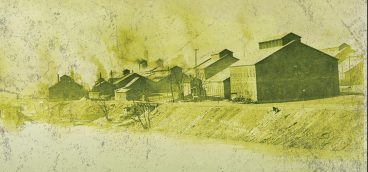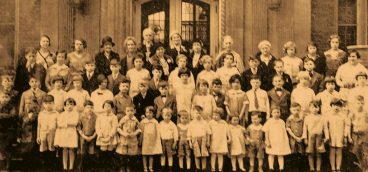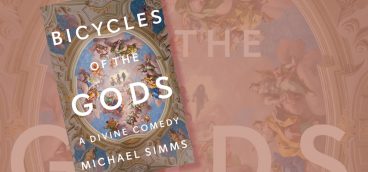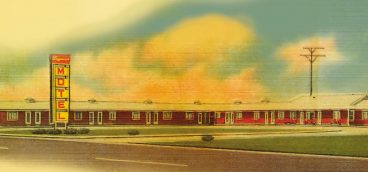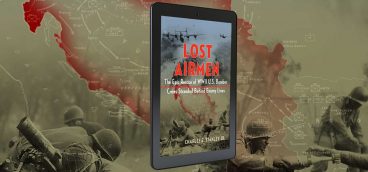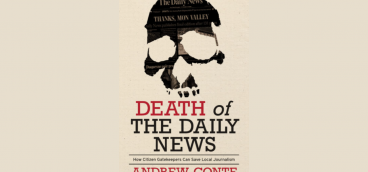The Rebellious Spirits Still Haunting Pittsburgh

Some historical events seem so fantastical that they sound like myths when retold, while others are so intrinsic to our nature that they could be today’s news, and actually help us understand our contemporaneous existence more deeply.
After reading The Whiskey Rebellion: A Distilled History of an American Crisis by Brady J. Crytzer, I would argue that to understand Pittsburgh is to understand the Whiskey Rebellion, and to understand the Whiskey Rebellion is to understand America. It was an event so impactful, according to the author, “that had the rebellion been successful the United States would not have survived in its current form.” Yet hardly any American, let alone any Western Pennsylvanian, knows what this event was about, nor why it was so significant. It represents not only the first major crisis in our nation’s first decade of existence, it’s the precursor of a major crisis affecting America today, as we veer between two diametrically opposed philosophies of governance, and the ethical agon underpinning both.
Crytzer, in addition to being a professor of history at Robert Morris University, is the host of “Battlefield Pennsylvania” on the PCN cable channel — a quirky, informative, and must-watch show for history nerds like myself. If two soldiers ever stood on opposite sides of a creek anywhere in Pennsylvania 200 years ago, and as much as threw stones at each other, Crytzer knows about it, and probably has devoted an episode of his program to it.
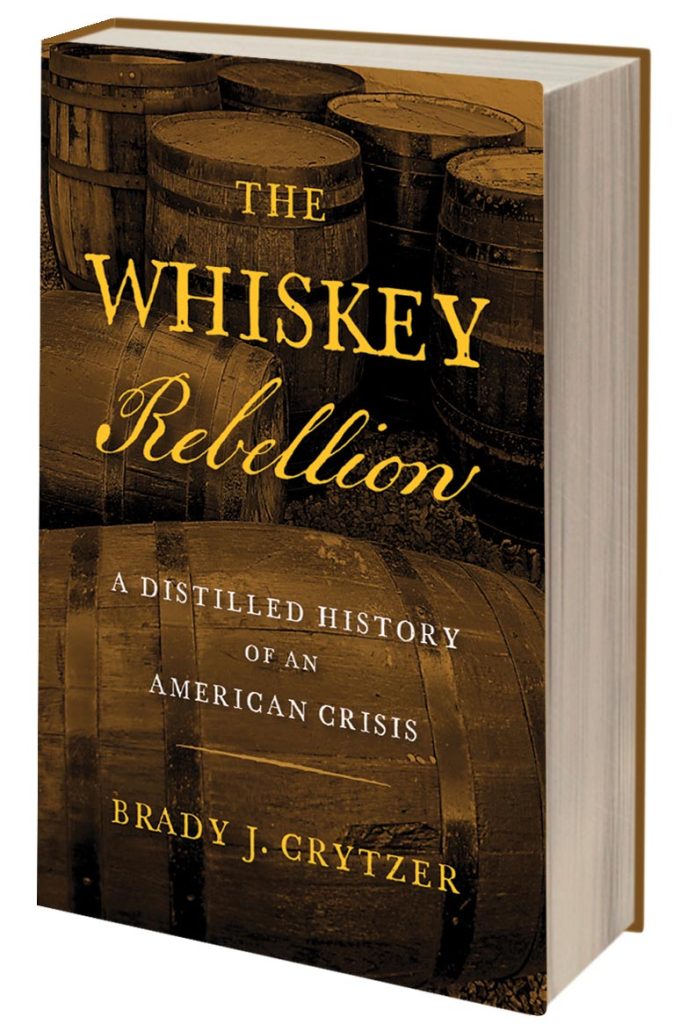
The Whiskey Rebellion:
A Distilled History of an American Crisis by Brady J. Crytzer
Westholme Publishing $30
In essence, the Whiskey Rebellion (1791–1794) pitted the rich, Eastern elites of colonial America against the relatively poor, common farmers and distillers of the West, known then as The Forks (for the confluence of the three rivers of Pittsburgh), resulting from an excise tax on whiskey, pushed through Congress by the monomaniacal Treasury Secretary Alexander Hamilton in 1791. Pittsburgh, although an important federal outpost on the western edge of the nascent U.S., had a population of about 400 people then and was hardly a “city.” The surrounding areas were inhabited by backcountry settlers and farmers, known for their wild, uncouth lifestyles; one British officer who served at Fort Pitt had called Pittsburgh a “colony sprung from hell.”
Indeed, these crazy backcountry Western Pennsylvanians made one hell of a whiskey, famously known as Monongahela rye, and the region produced an extraordinary 25 percent of these spirits in America. So Hamilton’s first-ever domestic excise tax on such an important product had a huge impact on the local economy — effectively obliterating the only means to generate income above the paltry returns of subsistence farming, and virtually the only way to escape poverty for the agrarian West.
What Crytzer does best is give an efficient, chronological, play-by-play account of the events leading up to, during, and after the Rebellion, in what could be called conversational prose. He writes like he speaks; the pages could be transcripts of one of his TV shows. However, his overreliance on colloquialisms and clichés can become annoying, especially when he engages in imprecise word choice, such as referring to French King Louis XVI being “murdered,” when “executed” or “guillotined” would be correct.
But these are minor flaws. At only a little over 200 pages, the book is concise, compelling, and easily absorbed in a couple of sittings. And Crytzer is not trying to write intellectual history, in the manner of a Peter Gay, or psychological history, in the manner of William Hogeland’s Whiskey Rebellion, published in 2006. Hogeland’s book relies more on personalities than events and is about 100 pages longer. The point should be made that there is no one “correct” version of history — a reality often buried in today’s culture wars.
A good example of this is how the two historians view Hamilton’s actions, which led to the Rebellion. Crytzer characterizes Hamilton’s Federalist motives in a less dubious way, describing them as “in fulfillment of his dream of promoting national unity,” whereas Hogeland sees Hamilton’s iconoclastic taxation schemes as a more nefarious attempt to help his debt-encumbered Eastern cronies become whole after the draining effects of the Revolutionary War. To be fair, Crytzer is no Hamilton apologist, and cites a letter by him urging that the rights of due process be ignored in bringing those who fomented the Whiskey Rebellion to justice.
Perhaps most fascinating in this story is how similar things are today to how they were over two centuries ago. Crytzer emphasizes that in the vast political distance between the “red states” and “blue states” currently — “in that margin the seeds of the Whiskey Rebellion are found.” Mobs were formed by the anti-tax protesters, which attacked revenue collectors, burned the homes of their opposition, and tarred and feathered those deemed enemies of their views. In fact, the account of the Rebellion’s plotters to kidnap federal tax collector General John Neville in 1794 is eerily similar to the plot by domestic political activists to kidnap Michigan Gov. Gretchen Whitmer in 2020. In both cases, citizens acting like terrorists called themselves “patriots.”
Also, upon reading this well-researched book, it becomes apparent that the Second Amendment, ratified in 1791, the same year that the Whiskey Tax was passed, was about arming state militias — which were essential to the defense of frontier life in lieu of a police force or standing army — not individual gun ownership rights, as construed by many today. Crytzer describes how, “per Pennsylvania law, able-bodied men of the county were required to take up arms in the defense of the state as part-time militiamen . . . .” Indian raids were still a threat in the backcountry, French insurrectionist societies were causing riots, and who knew when the pesky British might make another domestic military incursion? So the right of gun ownership was really about public service.
Throughout the book, Crytzer inserts “Travelers Notes” for readers who might like to visit the scenes he describes. This is very helpful and not only serves to bring the stories alive, but also shows that we are living among the ghosts of our history, whether we choose to see them or not.
Looking back, it becomes clear that both sides in this dispute acted reprehensibly: Hamilton’s self-interested and draconian taxation laws represent authoritarian government at its worst, while the anti-tax radicals committed terroristic acts that resulted in lives lost and many other harmful injustices. And perhaps most ignominiously, the crisis led to the first and only time a sitting U.S. president led troops against his own citizens — although President George Washington broke off his personal engagement well before those troops entered Pittsburgh.
Ultimately, the anti-Federalists won, as President Thomas Jefferson repealed the Whiskey Act in 1802.
It’s as if The Whiskey Rebellion wants to warn us that George Santayana’s aphorism is actually true, “Those who do not learn history are doomed to repeat it.” Yes, we are much like our forebears, but hopefully, if we know our past, we will have the foresight not to make the same mistakes they did. And if everything else fails, we can at least all enjoy a glass of Monongahela rye together.



